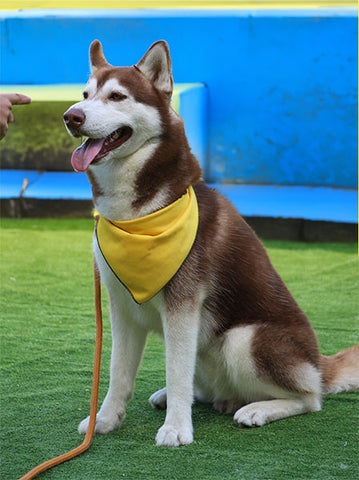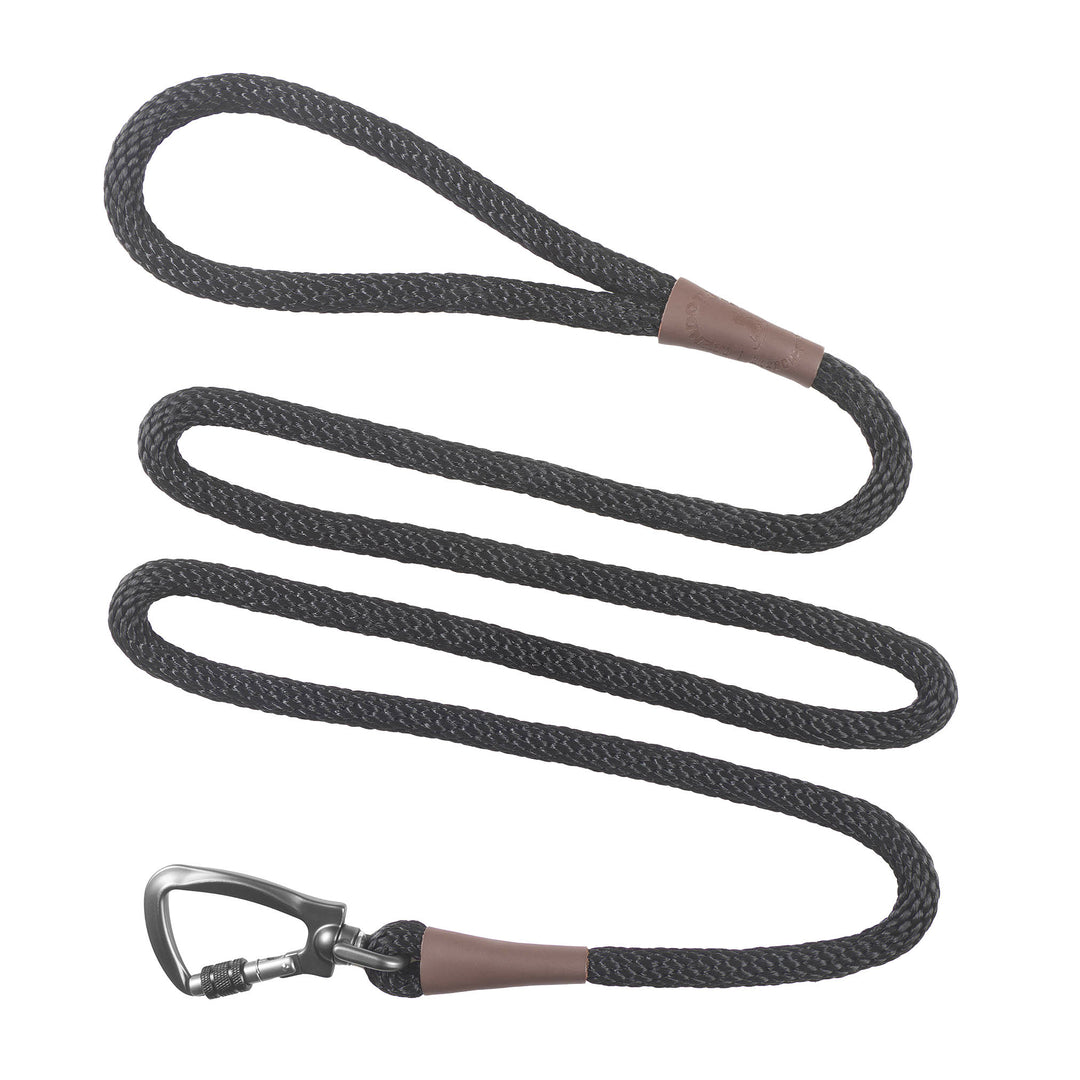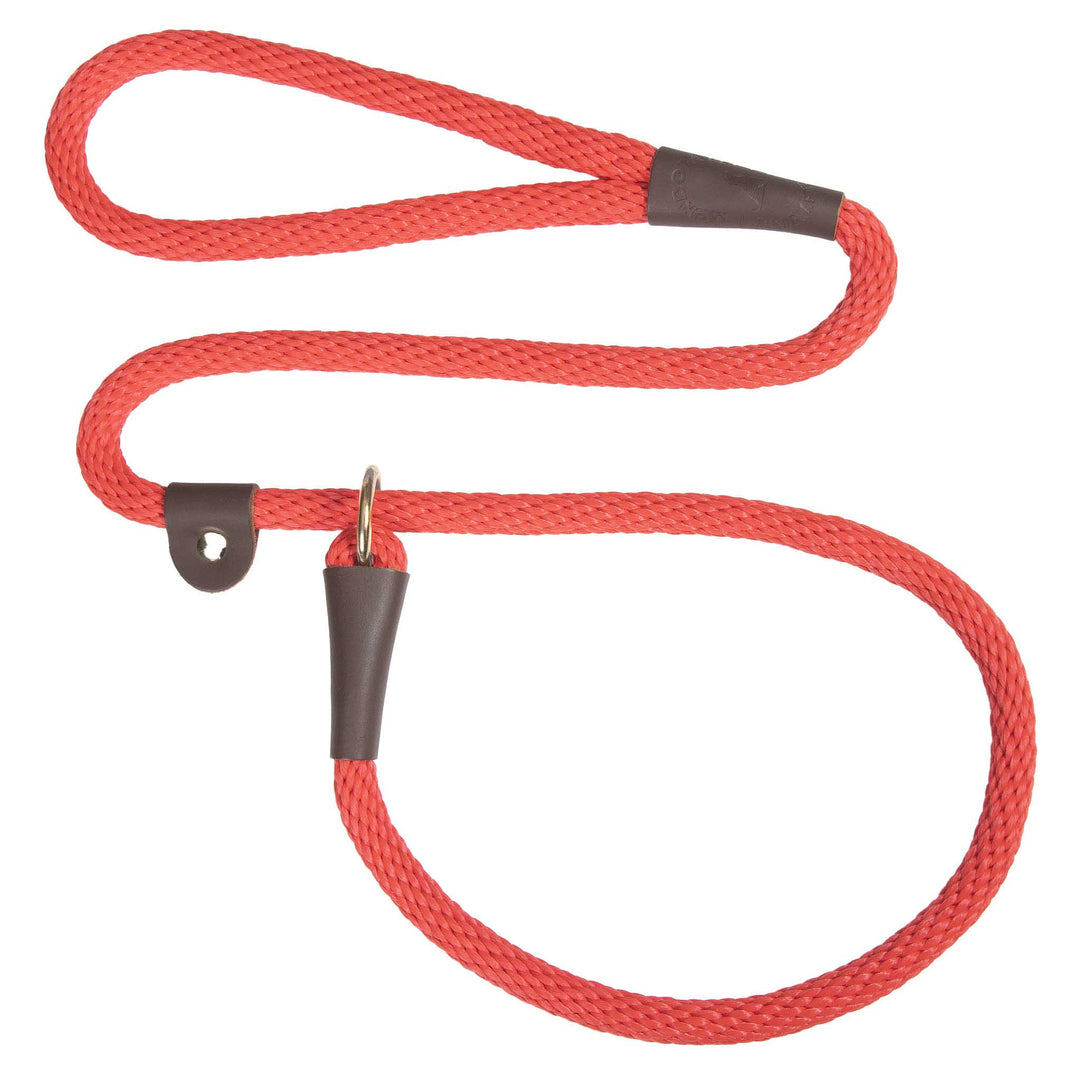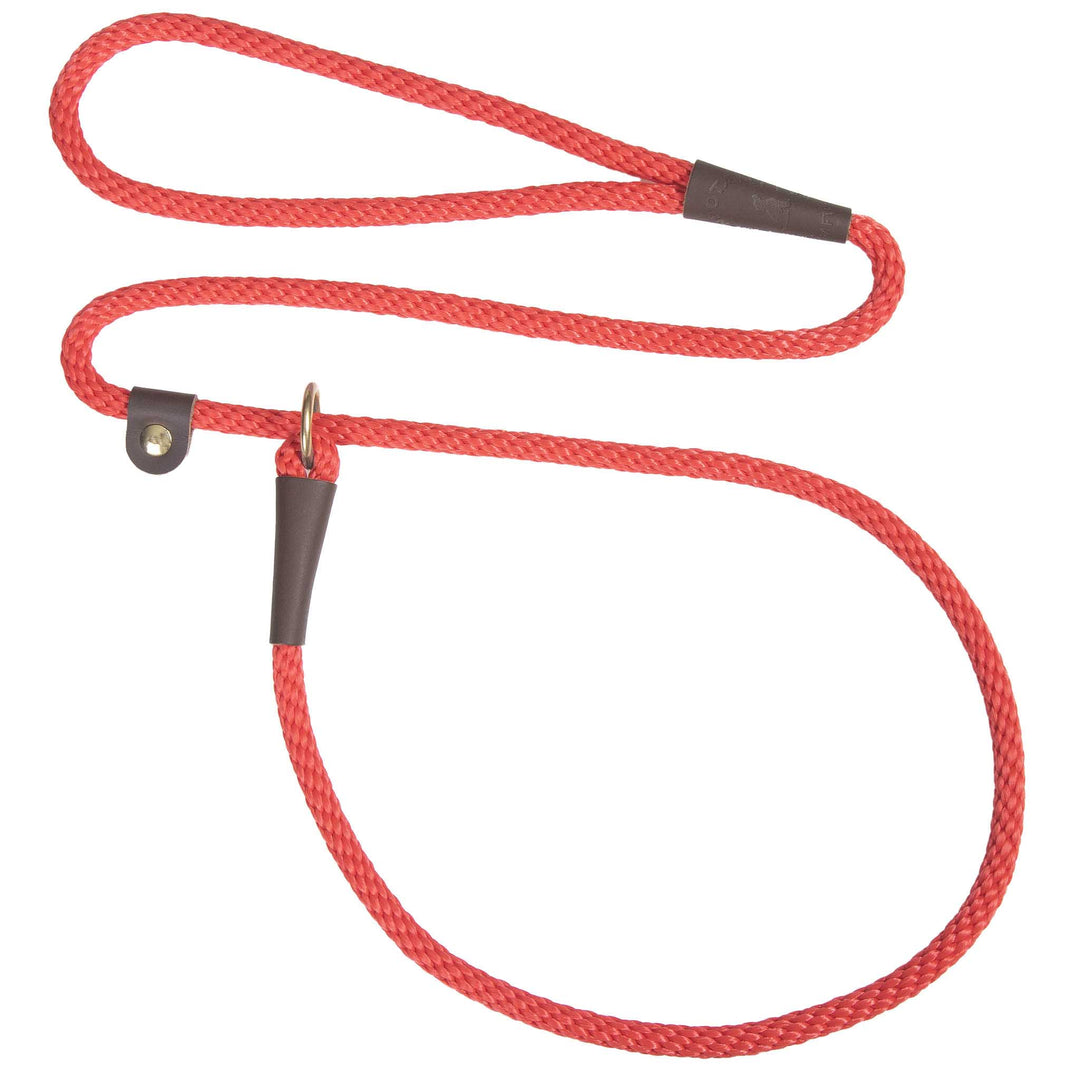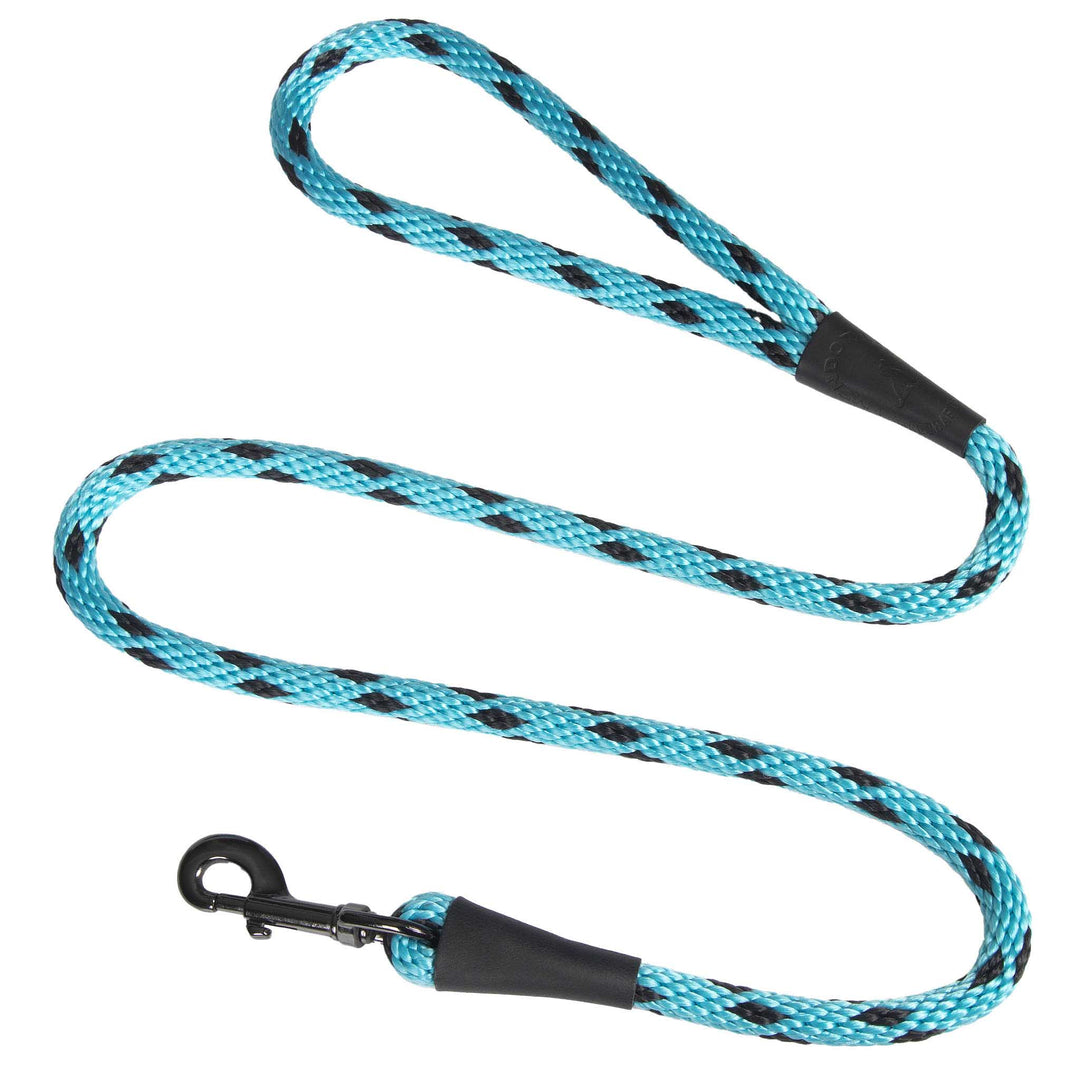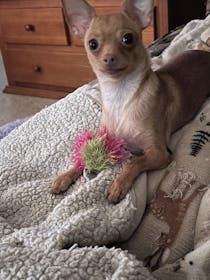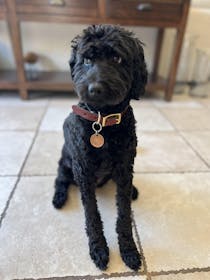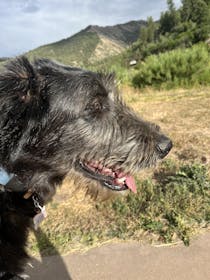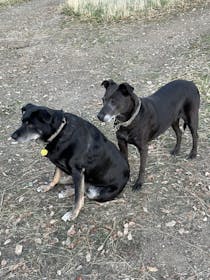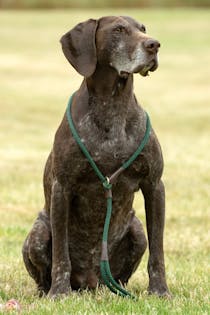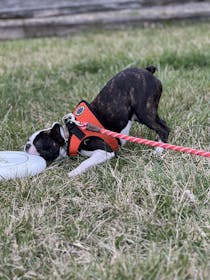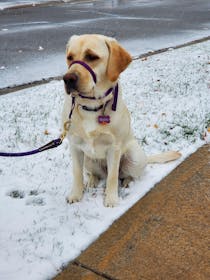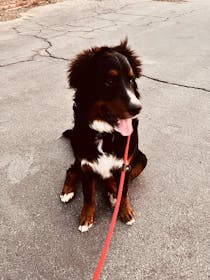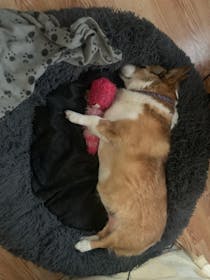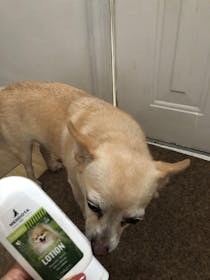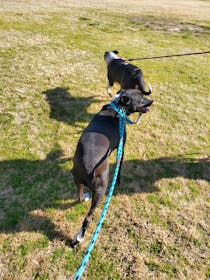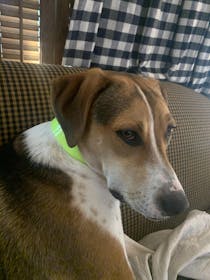Overcoming Dog Leash Aggression
Leash aggression and 'reactivity' in dogs is a range of aggressive behaviors, including lunging, barking, growling, and snapping at both dogs and humans while on a leash. This explosive behavior during walks often arises from a fight-or-flight response, serving as an indicator of underlying fear, anxiety, or stress. Coping with these challenges can make dog-walking difficult and potentially embarrassing for dog owners.
Some dogs were not properly socialized, leading them to feel anxious in unfamiliar situations or around new noises. Because dogs are naturally social animals, they might react territorially when encountering other dogs while on a leash. This can cause the leash to feel like more of a hindrance than a helpful tool for obedience.
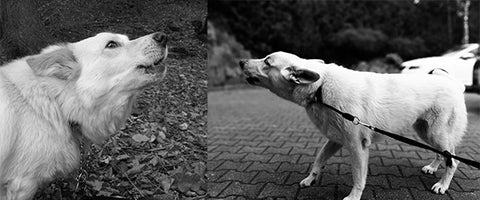
Understanding the Possible Causes of Leash Aggression
Dog Owner's Behavior When keeping a dog on leash, it becomes important to use the correct tension. Too much tension can lead to nervousness and an overreaction by your dog thinking territorially.Fear & Frustration In a panicked moment, an anxious dog may perceive people and other animals as threats.
Past Traumatic Experiences A dog's history with attacks or feeling vulnerable while on leash could stress them in tense moments.
Multiple Triggers A combination of strange sounds, encounters with unfamiliar dogs, and sudden anxiety while on a leash can lead to pulling. When faced with too many triggers, your dog may reach its internal threshold, resulting in reactive behaviors.
Lack of Socialization Make sure to train dogs on proper encounters and introductions, and be aware of when to avoid socializing a pet showing signs of leash reactivity.
Overcoming Dog Leash Aggression
Remain patient and avoid getting angry while working through essential lessons. With an understanding of the various causes of leash reactivity, you and your dog can gradually cultivate a transformative relationship through consistent effort and vigilant observation.
Here are some commonly used methods to thwart Leash Reactivity:
Exercise🦮 Ensure that healthy dogs receive sufficient exercise appropriate for their size and breed. Each dog thrives when their energy is channeled into activities such as walks, runs, playtime, and tasks suited to their agility. Adequate exercise also enhances the effectiveness of obedience training by promoting better focus.
Be the Boss Guide and instill confidence in each dog's ability to transform themselves. Spend extra one-on-one time to help address any challenges they may have. Every walk presents an opportunity to focus on proven strategies such as counter-conditioning, positive reinforcement, redirection, and desensitization.
Use the Correct Dog Leash & Collar Choose the correct dog leash length of at least 6 feet avoiding retractable leads if possible for encounters and introductions. Pet owners dealing with leash-reactive dogs should carefully select the appropriate leash, collar, or harness based on their pet's size and neck shape. Avoid using choke or prong collars when working with a pet exhibiting leash aggression.
The Leash Pop Now that we've selected the right leash for training, make sure to prevent early negative reactions by using a gentle 'leash pop' to capture your dogs attention. Some dog behavior specialists may also employ clicker training & specific commands in redirection training.
Use High-Value Treats Start a Transformational Relationship. When you notice your dog's triggers, act promptly by guiding them toward the desired behavior. High-value treats can serve as effective distractions swiftly turning a negative association into a positive lesson. When your pet seeks guidance from you, seize the opportunity to further build trust and maintain eye contact. Reward with a high-value treats to keep their attention focused during training sessions!
Professional Help
Seek out a qualified dog behavior specialist or trainer who utilizes positive reinforcement techniques and management strategies. These experts can identify triggers and customize routines to modify a dog's emotional response.
We love our dogs because they're not perfect. Like humans striving for self-improvement, dog owners can develop a trusting mindset to correct their dogs while keeping them calm and below a reactive threshold.
